#Self-drivingCars
NHTSA Looking Into Tesla Vehicles Over 'Phantom Braking'
The National Highway Traffic Safety Administration (NHTSA) has announced it is investigating 416,000 Tesla vehicles after receiving 354 individual complaints of unexpected braking.
America’s largest purveyor of all-electric vehicles was forced to cancel its push of version 10.3 of its Full Self-Driving (FSD) beta software last fall after receiving reports that it was creating problems for some users. Drivers were complaining that the update had created instances of phantom braking after the vehicle issued false collision warnings. However, things only seemed to get worse as complaints to the NHTSA grew more frequent after bumping FSD back to an earlier version.
Tesla Fixes Full Self-Driving Beta Software Issue
Following claims that Tesla’s “Full Self Driving” beta caused some vehicles to experience erroneous forward collision warnings and the automatic emergency braking system stopping cars for no discernable reason, the manufacturer has filed a probable fix with the National Highway Traffic Safety Administration (NHTSA).
The recall encompasses 11,700 equipped with FSD beta software version 10.3 that was released on October 23rd. While Tesla says that the vast majority of the vehicles selected to test the new code were already fixed via over-the-air updates, 0.2 percent of the whole still had not been issued a fix as of October 29th. Affected cars include every Tesla model ever made, provided it’s from the 2017 model year or later.
Tesla Removes Full Self Driving Beta Over 'Issues'
Tesla Inc. pulled its Full Self Driving (FSD) beta off the table over the weekend, with CEO Elon Musk stating that testers had been “seeing some issues with [version] 10.3.”
To remedy the issue, the company has reverted back to FSD 10.2 temporarily. Musk made the announcement over social media on Sunday morning. The following day, he had already promised that version 10.3.1 would be coming out to address problems encountered during the exceptionally short public testing phase.
“Please note, this is to be expected with beta software,” the CEO noted. “It is impossible to test all hardware configs in all conditions with internal QA, hence public beta.”
Opinion: Tesla's Full-Self Driving Beta Is a Bad Joke
Earlier this week, Elon Musk announced that Tesla would begin offering the Full Self-Driving (FSD) Beta to testers that had achieved sufficiently high marks in its new “safety score.” While company has repeatedly promised to launch FSD in earnest, which costs $10,000 to purchase or $199 a month to rent (depending on which version of Autopilot you’re using), the system has been habitually delayed from getting a widespread release. This has upset more than a few customers operating under the assumption that having bought into the service actually meant something.
That said, the rollout has technically begun and continues encompassing more users. But regulators are annoyed that the company is now testing FSD’s functionality on thousands of paying customers and the terms in which Tesla is offering FSD has changed in a manner that makes your author extremely uncomfortable. The automaker originally intended to provide the system via a simple over-the-air (OTA) update as availability expanded. However Tesla now has a button allowing drivers to request FSD by opening them up to a period of scrutiny where their driving is digitally judged. Despite your having already shelled out cash for it, access to the beta is determined by the manufacturer’s safety score.
German Startup Driving Around Autonomous Vehicle Hurdles
Despite the concept of autonomous cars suggesting a seamless, hands-free driving experience as far back as the late 1950s, only the peripheral technologies have made their way into the real world. Our ancestors would have marveled at the video displays, powertrains, and navigation systems available today. But the 21st century concept of “mobility” has also turned out to be a bit of a scam.
Formerly a catch-all term for autonomous transportation, the phrase has been redefined by the industry to pertain to subscription fees, over-the-air updates, digitally affixing your credit card information to the vehicle, and just about any present-day feature it’s interested in selling. Meanwhile, the self-driving programs that kicked off the would-be renaissance have been stagnating as companies cannot quite figure out how to teach a car to successfully assume all of the duties of a human driver. However there’s a German startup that’s attempting to circumvent those obstacles by employing digital chauffeurs working from far-off locations.
GM's Cruise Asks White House to Dissolve AV Testing Restrictions
General Motors has a long and illustrious history of receiving government favors, with 2021 likely to continue the trend. Having recently seen its request to have federal EV tax credits reset approved by the Senate Finance Committee, GM-owned Cruise is now seeking to double down by asking regulators to scale back restrictions on autonomous vehicle testing. With practically every automaker simultaneously requesting government hookups on a weekly basis, it’s hardly surprising to see this.
What is unique is the rationales given for government help and it’s often the only way to measure their merit. While most claims tend to boil down to “ we need more money,” Cruise wants regulators to get out of the way so the United States can become more competitive against China’s AV programs and is hardly the first company to make such a suggestion.
Driving Dystopia: Tesla Activates Driver Monitoring Protocols
There’s a small camera just above the rear-view mirrors installed in newer Tesla models. If you haven’t noticed it before, it wasn’t of any particular relevance. But it certainly is now.
Tesla has decided to activate driver monitoring protocols in an effort to avoid liabilities whenever Autopilot fails and motorists unexpectedly find themselves merging off a bridge. After rummaging through the wreckage and collecting errant body parts, investigators can use the vehicle’s camera data to see what was happening moments before the car hurled itself into the ravine. If it turns out that the driver was totally alert and did their utmost to wrangle the vehicle as it went haywire, a colossal payout for the surviving family is assured. But if that camera catches them slipping for a microsecond, the manufacturer has all it needs to shift the blame onto the deceased driver.
Auto Lobby Now Recommends Driver Monitoring Cameras
On Tuesday, the largest automotive lobbying group released a handful of safety guidelines related to driver monitoring for vehicles equipped with driver-assistance features. It’s pageantry designed to convince you and the rest of the world to embrace technologies that have already led to unsettling privacy violations. The Alliance for Automotive Innovation making recommendations for the industry is farcical because the AAI already represents just about every major player on the field, suppliers included. The only real outsider is Tesla, which the organization decided would make an excellent scapegoat for the broader tech agenda.
But there’s still merit to the discussion, especially if the only proposed solution is to let the industry watch us inside our cars 24/7.
Ford Introduces 'Hands-Free' BlueCruise System for F-150, Mach-E
On Wednesday, Ford Motor Co. announced its upcoming hands-free driver-assist system intended to rival Tesla’s Autopilot or General Motors SuperCruise. The service, which the manufacturer has renamed BlueCruise, will be available on top trimmed “Mustang” Mach-E crossovers and F-150 pickup trucks via over-the-air-updates in the third quarter of 2021.
It will not be free, however.
Even though Ford has promised highly competitive pricing, customers will need to have purchased vehicles equipped with the necessary hardware (including driver monitoring cameras) before they’ll be eligible to spend the additional $600 Ford is asking for the privilege of using BlueCruise for three years. While more affordable than the competition, it still seems a lot to spend on a vehicle so you can pretend it’s self-driving – especially since the company failed to make it sound like it would be any more advanced than what’s being offered on Tesla and Cadillac vehicles that similarly cannot drive themselves.
Not Everyone in Arizona Is a Fan of Waymo's Self-Driving Vans
Waymo, the autonomous program backed by Google-parent Alphabet, seems to have upset some residents of Phoenix, Arizona, who have elected to whip eggs at the company’s test vehicles. Selected due to its lax regulatory standards, the state has become home base for Waymo to pioneer its self-driving vans since 2016. However, newly released police reports paint a picture where the locals are far less enthused with the vehicles’ progress than Waymo’s marketing materials would suggest.
A subset of Phoenix citizens has been demanding the firm improve transparency and offer better explanations for some of the higher-profile crashes since 2018. Despite Waymo assuring the public that mishaps are rare, local reports showed some erratic behavior among the test mules operating in 2020. While a few of these incidents made the news, local police reports from Chandler and Tempe (metropolitan Phoenix) indicate there was a slew of incidents we did not know about — many of which involved encounters with frustrated, human motorists.
Your Regular Reminder That Fully Self-Driving Cars Don't Exist Yet
While we’re on the subject of Super Bowl commercials, there wasn’t just one, but two, that irritated me on Sunday.
This one has little, if anything, to do with politics, so you can relax and cancel out that angry email you were about to send me.
Nope, this one has to do with the misinformation circulating about autonomous cars.
Opinion: Roborace Crash Offers Sport Some Much Needed Excitement
Unaware that the inherent danger of motorsport is often what makes it popular (check the ratings for any series throughout history and count the number of driver fatalities if you’re in doubt) Roborace plans on becoming the first global championship for battery-driven autonomous cars programmed to run the course without help. Organizers are convinced that the sport will eventually yield compelling competition with teams using nothing more than their own coding acumen and self-driving hardware. Chassis and powertrains are shared between vehicles, making this a battle of real-time computing algorithms and artificial intelligence technologies.
It actually sounds kind of boring. But one of Roborace’s first live-broadcasted events opened with a bang after one of the cars pitched itself directly into a wall — suggesting organizers could still give the viewing public what it wants.
Ford's Autonomous Offensive Places Escape Hybrid on the Front Line
With Ford having discontinued the Fusion sedan to prioritize higher-margin models, the automaker will need to select a different unit as its preferred platform for self-driving test mules. It will need to choose wisely, too. According to the company, its fourth of generation autonomous test vehicles will foreshadow real-world commercial endeavors using the technology.
On Tuesday, Ford and Argo AI announced that it would be the Escape Hybrid carrying the torch of technology. Starting this month, models fresh from the factory will be modified with the “latest advancements in sensing and computing technology.” The crossover will then be exposed to the most rigorous testing regimen the automaker’s ongoing AV program can muster. From there, the Escape will serve as the architecture and platform Ford has decided will bring its autonomous vehicle service to life.
Uber Safety Driver Charged With Negligent Homicide in Arizona Test Incident
The Uber test vehicle that struck and killed a pedestrian in Tempe, Arizona, has been under public scrutiny since March of 2018. But we never heard a lot about the safety driver behind the wheel. So much attention was given to addressing whether or not the autonomous systems on the SUV should or could have seen Elaine Herzberg — and stopped the car before the tragedy occurred — that it became the overriding narrative.
But it really shouldn’t have, as some of the earliest video footage appeared to show that Uber’s safety operator had entirely tuned out of the driving experience in the moments leading up to the incident. Fortunately, Maricopa County Superior Court and National Transportation Safety Board (NTSB) were keeping tabs while the rest of us were not. In fact, the former decided to charge Rafael Vasquez (who also goes by Rafaela) with negligent homicide late last month.
Traffic Fantasy: Michigan Pitches Dumb Idea
As if we needed more evidence that the people running things may actually be even dumber than we are, Michigan leadership has proposed building a separate lane for autonomous cars to run between Ann Arbor and Detroit. The special road would implement a vehicle-to-infrastructure communications network and is planned to be built alongside Michigan Avenue and I-94 as its own separate lane. Kind of like a bus line or railroad.
Reminiscent of the “ Highway of Tomorrow” that premiered in General Motors’ 1956 Motorama short Design for Dreaming, where a woman dances around the latest automotive products before the whole thing descends into futurist madness, Michigan’s more-modern concept is only slightly less ridiculous. State governor Gretchen Whitmer announced the project on Thursday, noting that it already had support from both the public and private sectors.
That doesn’t mean it will leave the realm of fantasy, however.







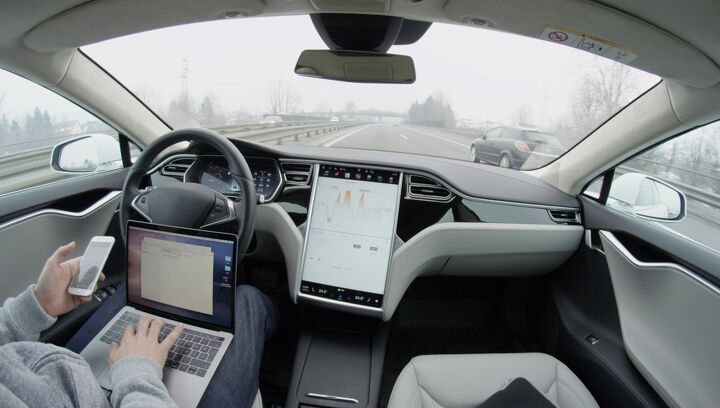
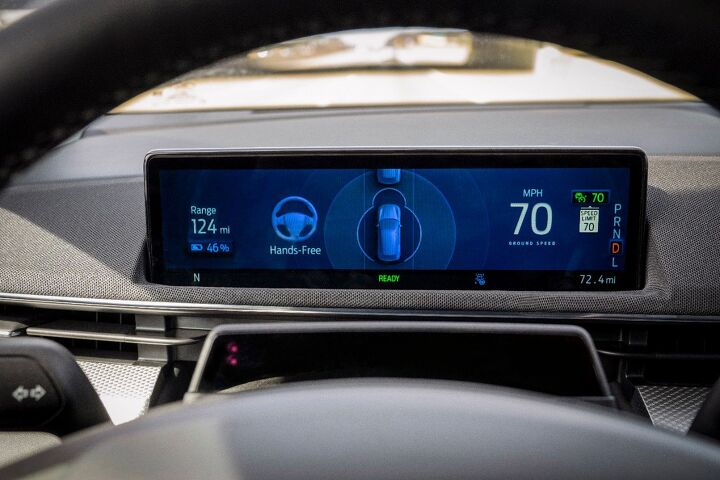
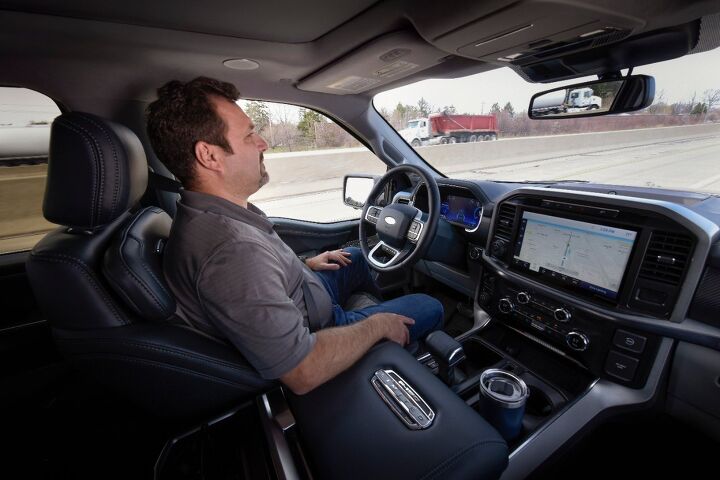

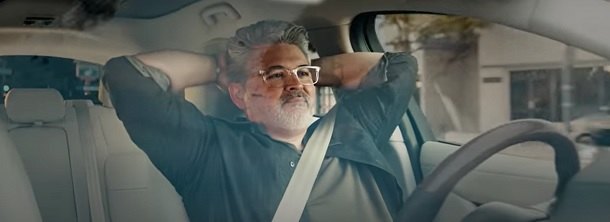
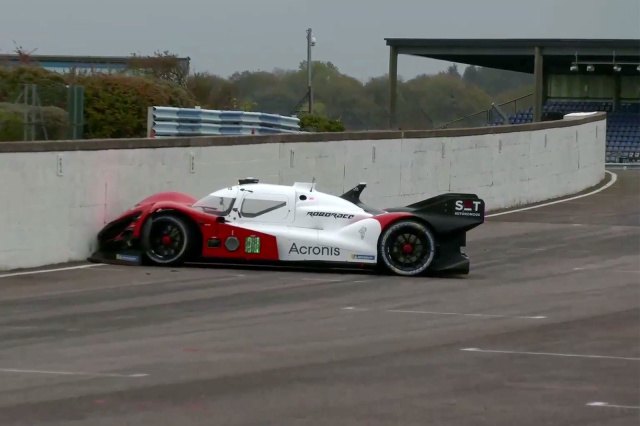
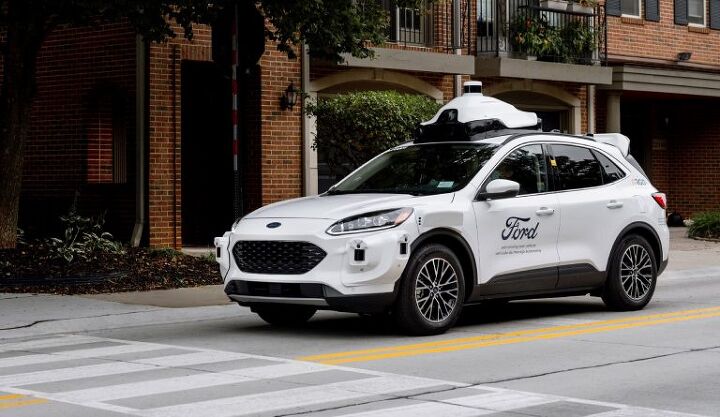
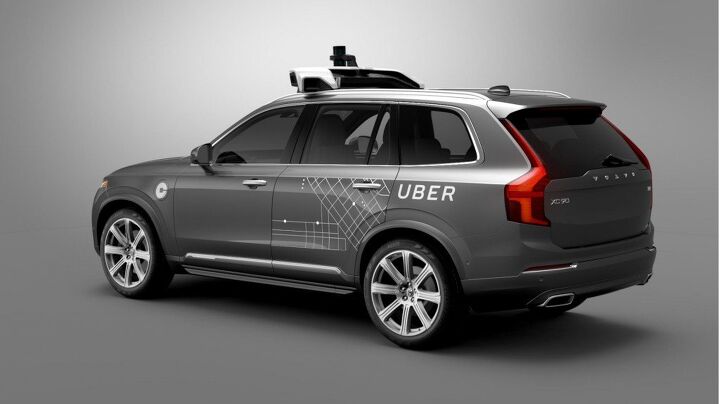
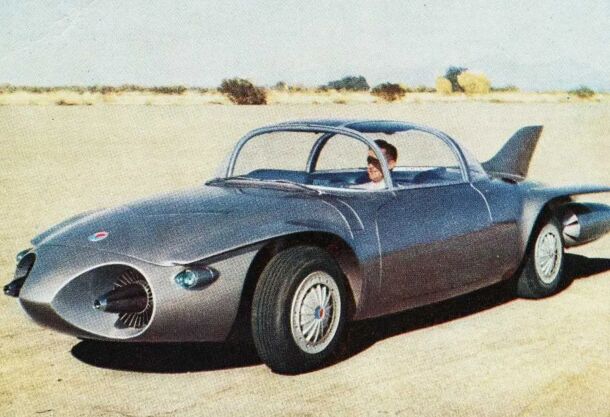












Recent Comments